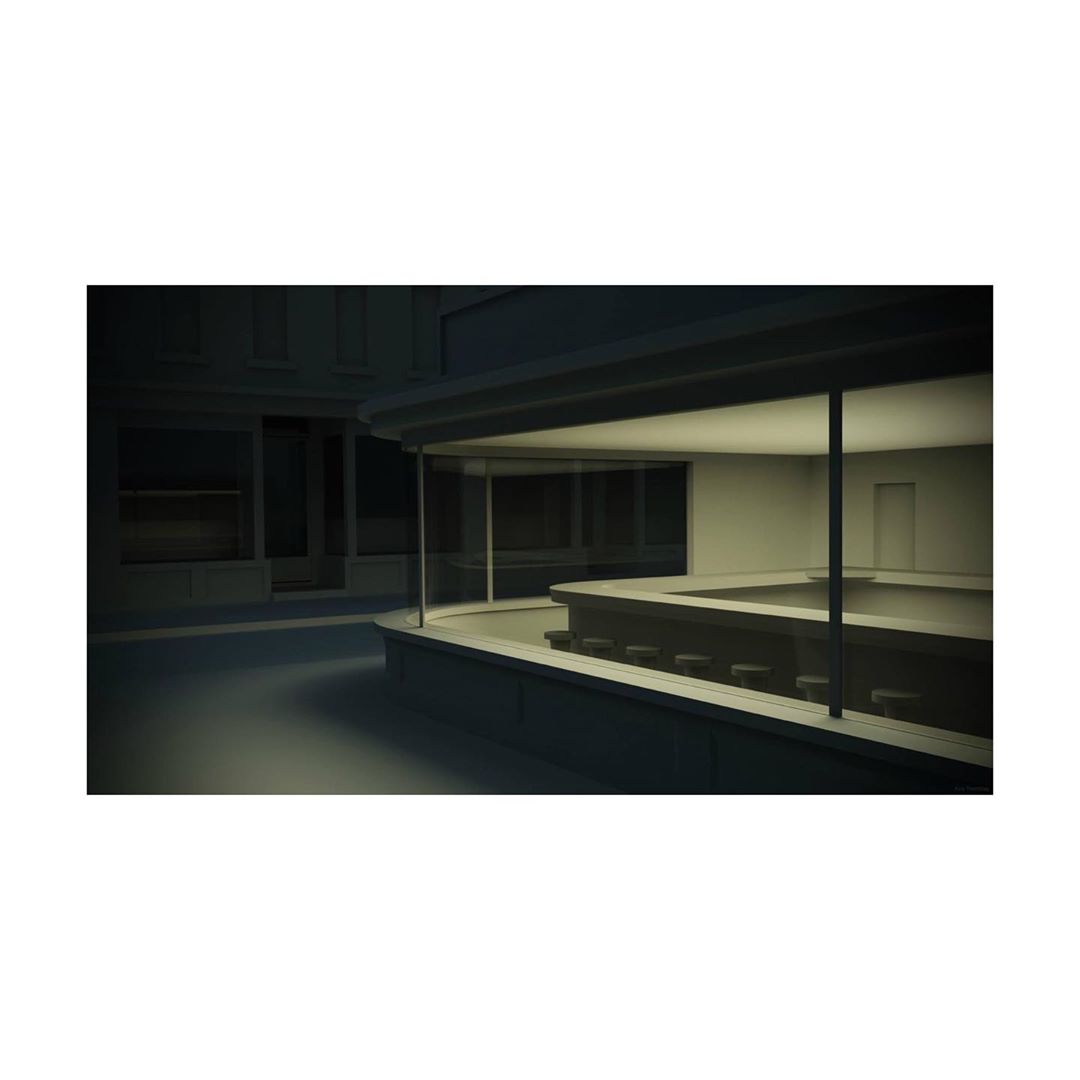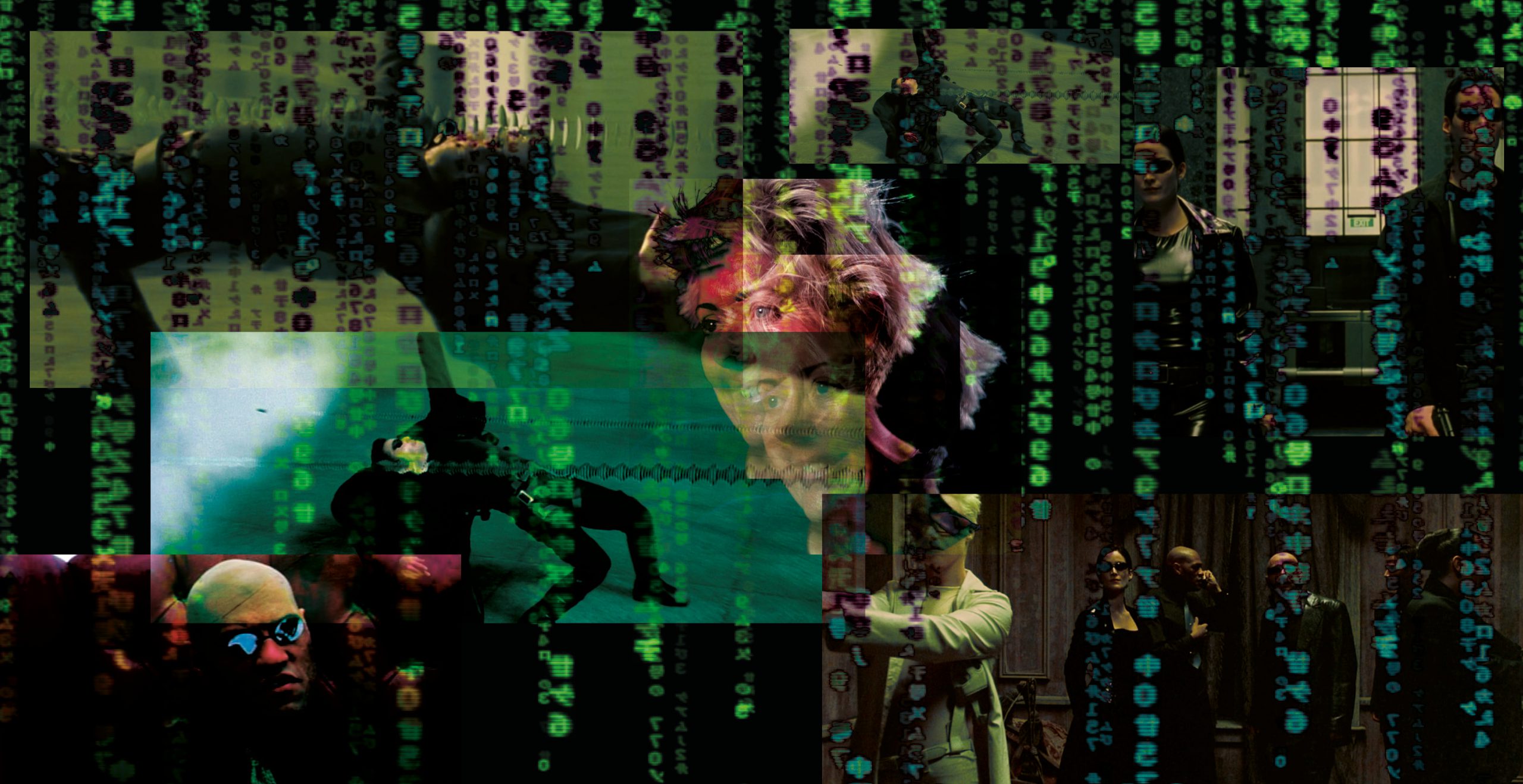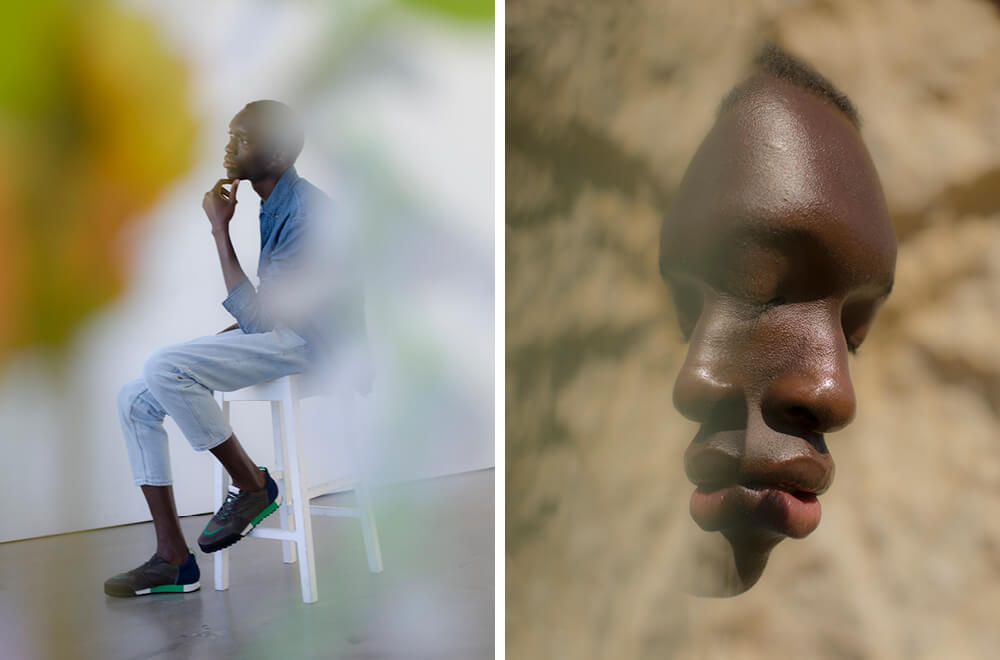Art as a cure – What can we learn from crises of old masters?
Art serves as an anchor for individuals during challenging times, allowing them to express their inner selves without uttering a single word. It provides a medium to dream, to be understood, or even consciously misunderstood. The profound ability of art to evoke a wide range of emotions makes it an essential part of our lives, particularly in the present moment.
While films may become outdated and words may pass away, paintings have the unique quality of enduring through time. Throughout history, it is often the pictures created during times of social upheaval and crisis that leave the most lasting impressions. These visual representations not only reflect the worries and hopes of an era but also offer glimpses into the personal pain experienced by the artists themselves.
Once again, we find ourselves in the midst of a crisis, one that transcends spatial limitations due to globalization. The Corona Pandemic has not only limited our social interactions but has also prompted us to question the validity of previous economic constructs and systems. These uncertain times have given rise to numerous thoughts and worries, and like you and me, artists from around the world find themselves stuck in social isolation. However, they are increasingly capturing the current mood, taking on the important social task of documenting this period for future generations. This is one of the greatest functions of art: helping people understand cultural history and navigate their present realities. Therefore, it is crucial for us to look back into history and learn from how previous generations coped with crises and the insights shared by the artists who lived through those turbulent times.
Edward Hopper stands as a shining example, with his famous painting “Nighthawks.” Created in 1942, it is regarded as one of the most significant works of American art in the 20th century. “Nighthawks” captures the paradox of loneliness within urban life. The painting depicts four seemingly unrelated individuals sitting around the counter of a late-night diner in New York City—physically close yet psychologically miles apart. It reflects the enduring phenomenon of anonymity in a bustling metropolis. Despite the apparent interconnectedness of our surroundings, individuals remain alone and anonymous. Conversations on trains are scarce, and encounters with familiar faces in elevators are limited to friendly nods. Even when sitting alone in a diner, as portrayed in Hopper’s painting, one savors their drink in solitude while sharing their thoughts on the weather with the bartender.
In recent times, “Nighthawks” has been used to allude to the ongoing corona crisis. Some artists have removed all individuals from the painting, showcasing an empty diner instead. This alteration carries a profound message: even if we may not be familiar with everyone around us, it is reassuring and crucial to keep them in our lives. We should express gratitude for our anonymous companions and extend care and attention towards them, as it is through community that we truly feel human.
Alongside “Nighthawks,” Hopper’s painting “Morning Sun” also resonates deeply with the theme of social isolation. The artwork portrays a young woman lying in bed, gazing towards the window as the morning sun envelops the room. Despite the row of houses outside suggesting an urban setting, her room appears lifeless. While the young woman could venture outside to enjoy the sun at a more public space like a coffee shop, the absence of people to share the experience with renders it devoid of meaning.
Once again, Hopper’s creation, nearly 70 years old, strikes a chord and remains relevant today. It captures the essence of being alone, a feeling heightened in our current situation. We have come to understand the phenomenon of how even the simplest things seem partially senseless when we are unable to share them with others. For example, sitting in a café on a sunny morning holds a different significance when enjoyed in the company of others.
Hopper is not alone in conveying these feelings. Other artists, such as Caspar David Friedrich, Vincent Van Gogh, and Ernst Ludwig Kirchner, have also explored the theme of isolation. What unites them is their ability to preserve moods that continue to provide us with a sense of reassurance in the present day. These artists have effectively communicated the profound impact of isolation on the human experience, creating works that resonate with individuals across generations.
Art, with its ability to transcend time and capture the essence of the human experience, remains an anchor in our lives, particularly in challenging times. As we navigate the current crisis, it is essential to draw inspiration from artists like Edward Hopper, Caspar David Friedrich, Vincent Van Gogh, and Ernst Ludwig Kirchner. Their works provide solace, provoke contemplation, and offer valuable insights into the complexities of isolation.
Just as art has played a significant role in past social upheavals and crises, it continues to serve as a source of comfort and understanding in our present reality. By immersing ourselves in their creations, we gain a better understanding of cultural history and acquire the tools to navigate our current challenges with resilience and creativity.
In an ever-changing world, where films may lose their relevance and words may fade away, paintings endure as timeless reflections of the human condition. Let us cherish and appreciate the power of art, using it as a guiding light through the darkest of times. By embracing the messages conveyed by artists throughout history, we can find solace, foster connection, and draw strength from the enduring legacy of artistic expression.



























